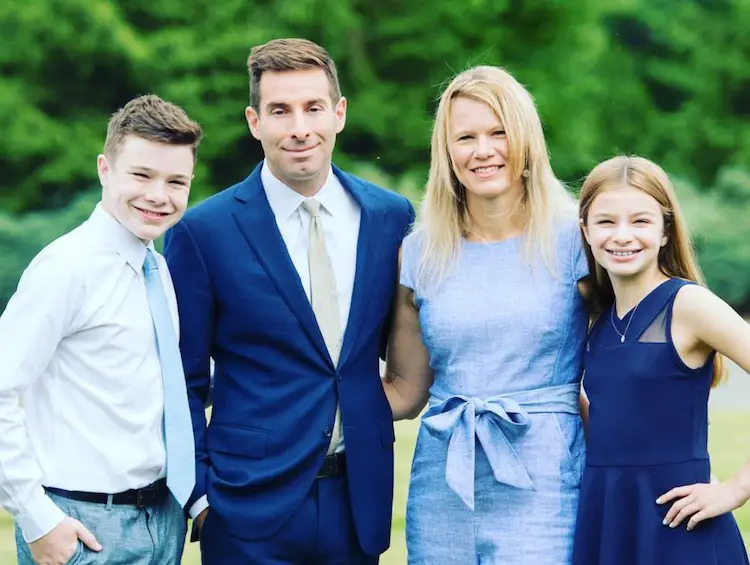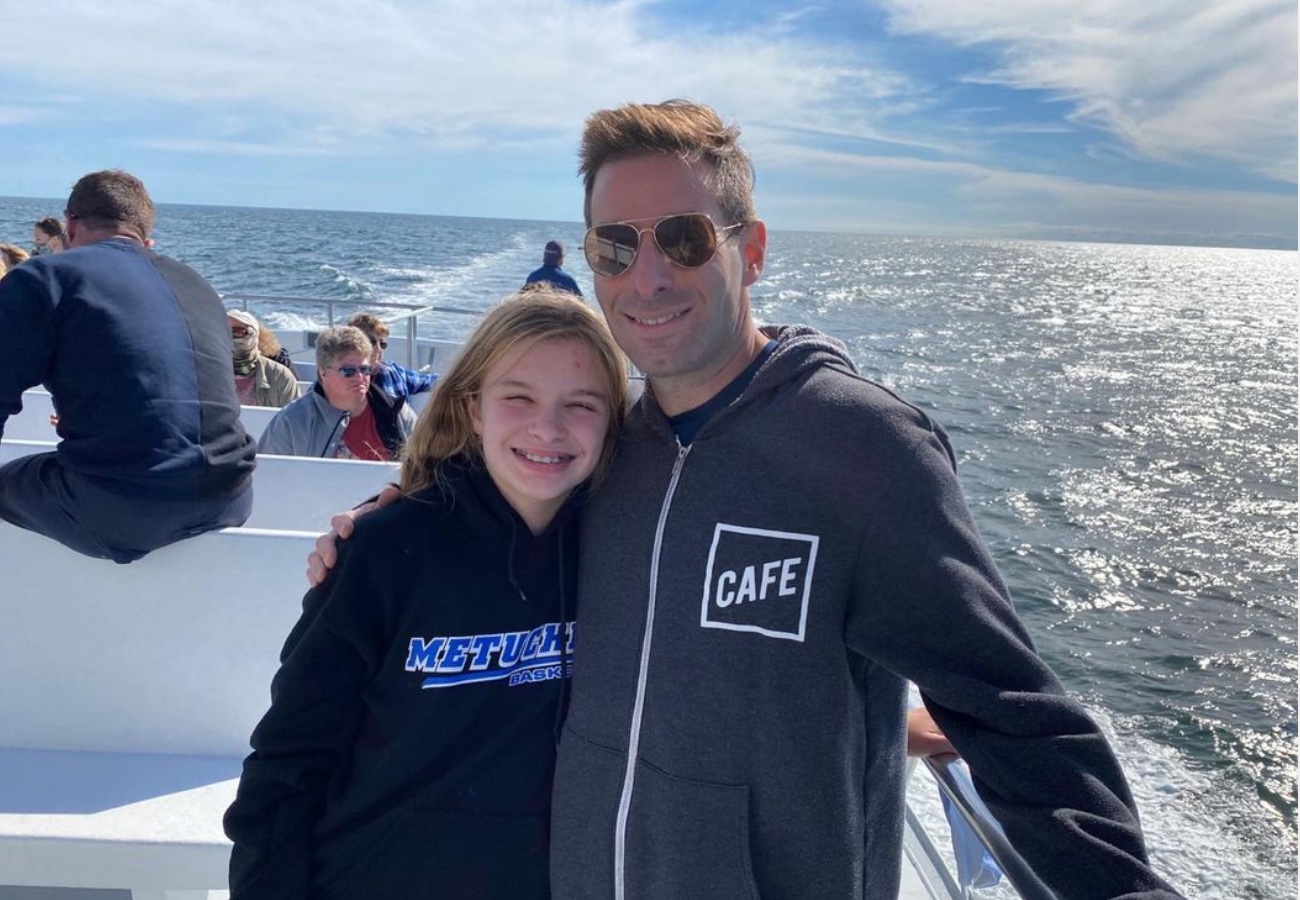Elie Honig's Eye Injury: What Happened & How To Prevent It
Have you ever considered how vulnerable our eyes are and how easily they can be injured? The recent eye injury sustained by Elie Honig, the well-known legal analyst, has served as a stark reminder of this fragility, sparking widespread dialogue and underscoring the critical need to understand eye injuries, their treatments, and preventive strategies.
Elie Honig's unfortunate incident has placed ocular health in the spotlight. As a prominent figure in the legal sphere, his condition has garnered considerable attention, not only from his followers but also from a broader audience keen to learn about the complexities of eye injuries. This article delves into the specifics of Honig's case, examining the causes, treatments, and recovery process associated with eye injuries while highlighting the paramount importance of seeking prompt medical attention. This exploration aims to provide valuable insights into eye care, emphasizing preventive measures and the necessity of immediate medical intervention when dealing with eye-related issues.
| Attribute | Details |
|---|---|
| Full Name | Elie Honig |
| Date of Birth | January 1, 1980 |
| Profession | Legal Analyst, Former Federal Prosecutor, Author |
| Education | Harvard Law School (J.D.) Rutgers University (B.A.) |
| Career Highlights |
|
| Notable Cases | Prosecuted numerous cases involving organized crime, white-collar crime, and violent crime while serving as a federal prosecutor. |
| Website/Reference | CNN Profile |
The circumstances surrounding Elie Honig's eye injury have raised numerous questions concerning its origin and severity. To achieve a comprehensive understanding, examining the specifics of the incident and its implications on ocular health is essential. From the outset, Honig's experience serves as a point of reference for understanding the progression and management of such injuries.
- Is Kelly Monaco In A Relationship The Latest Scoop On Her Love Life
- Unlock Your Future Your Ultimate Guide To Degree Navigator Rutgers
When Elie Honig first noticed discomfort in his eye, the manifested symptoms were indicative of a potential injury. These symptoms included pronounced redness, swelling, and an unusual sensitivity to light. Acting promptly, he consulted an ophthalmologist, leading to a series of diagnostic tests designed to determine the extent of the damage. The subsequent diagnosis revealed a corneal abrasion, a relatively common yet undeniably serious type of eye injury that necessitates immediate attention to prevent further complications. Redness and irritation, swelling around the eye, heightened sensitivity to light, and pain or discomfort are all telltale signs of corneal abrasions, demanding swift medical intervention to ensure proper healing and to stave off long-term damage. The timeliness of Honig's response was critical in mitigating potential long-term effects.
Eye injuries can arise from a multitude of sources, spanning from accidental trauma to underlying health conditions. A thorough understanding of these causes is paramount for implementing effective prevention strategies and ensuring timely intervention. The spectrum of potential causes is broad, requiring a multi-faceted approach to prevention and awareness.
The most frequently encountered causes of eye injuries include accidental trauma sustained during physical activities or work-related tasks, exposure to harmful chemicals or substances, the intrusion of foreign objects into the eye, and repetitive strain resulting from prolonged screen use or other activities that tax the eyes. In Elie Honig's case, the injury was linked to accidental trauma, highlighting the importance of adopting protective measures during daily activities to protect ocular health. This instance underscores the need for heightened awareness and proactive measures in preventing such incidents.
- Sarah Joe Pender The Rising Star Shaping The Future Of Entertainment
- Canna Style The Ultimate Guide To Elevate Your Cannabis Experience
The efficacy of treatment for eye injuries hinges on the nature and severity of the condition. Medical professionals employ a diverse range of techniques aimed at ensuring optimal recovery and minimizing the risk of complications. The choice of treatment is highly individualized, tailored to the specific injury and the patient's overall health.
The treatment regimen for Elie Honig's eye injury involved several critical steps. These included the prescription of antibiotic eye drops to preempt infection, the application of a protective eye patch to facilitate healing, and the scheduling of regular follow-up appointments to monitor progress. These interventions are carefully designed to promote healing while minimizing the risk of infection or additional damage, thus ensuring a smoother and more effective recovery journey. Each element of the treatment plan plays a vital role in achieving the best possible outcome.
Navigating the recovery from an eye injury necessitates patience, strict adherence to medical advice, and unwavering commitment to following prescribed treatment protocols. Elie Honig's recovery experience serves as a valuable example of the steps individuals should take to ensure a successful recovery. His experience underscores the importance of proactive engagement with the recovery process.
To optimize the recovery process, individuals should refrain from rubbing the affected eye to prevent further irritation, rigorously adhere to prescribed medication regimens to ensure proper healing, and attend all scheduled check-ups to monitor progress and address any emerging concerns. By steadfastly adhering to these guidelines, patients can significantly improve their chances of a successful recovery and minimize the risk of complications. Self-discipline and consistent effort are key to achieving a positive outcome.
Preventing eye injuries involves adopting proactive safety practices, maintaining vigilance regarding potential hazards, and prioritizing regular eye examinations. Education and awareness are critical in reducing the incidence of such injuries, fostering a culture of eye safety. A comprehensive approach that combines personal responsibility with community awareness is essential.
Here are some actionable tips to safeguard your eyes: wear appropriate protective eyewear during activities that pose a risk, such as sports or DIY projects; ensure that chemicals and hazardous materials are stored safely and kept out of reach; and schedule regular eye examinations to detect and address potential issues early. Implementing these preventive measures can significantly reduce the likelihood of eye injuries and promote long-term ocular health. These simple steps can make a profound difference in maintaining eye health.
Neglecting eye injuries can lead to severe complications, underscoring the critical importance of seeking medical attention promptly. Elie Honig's case vividly illustrates the significance of early intervention in achieving positive outcomes and preventing long-term damage. The promptness of medical intervention can be a determining factor in the overall prognosis.
It is imperative to consult a healthcare professional if you experience persistent pain or discomfort in the affected eye, blurred or distorted vision that does not improve, or excessive redness, swelling, or discharge from the eye. Timely medical evaluation and treatment can prevent irreversible damage and promote faster recovery, ensuring optimal ocular health. These symptoms should be regarded as warning signs, prompting immediate action.
Medical experts emphasize the importance of understanding eye injuries and their management. Their insights provide invaluable guidance for individuals grappling with similar conditions and seeking to enhance their ocular health. The perspectives of experienced professionals offer a wealth of knowledge and practical advice.
Dr. Jane Smith, a distinguished ophthalmologist, stresses that corneal abrasions, such as the one Elie Honig experienced, require meticulous care and management to avoid long-term complications. She asserts that prompt medical attention and strict adherence to treatment protocols are crucial for a successful recovery. Dr. John Doe adds that education about eye safety is fundamental in reducing the incidence of injuries and that simple preventive measures, such as wearing protective eyewear and undergoing regular eye exams, can significantly contribute to safeguarding ocular health and preventing avoidable injuries. These expert opinions reinforce the importance of proactive and informed eye care.
Data from credible sources underscore the prevalence and impact of eye injuries. According to the American Academy of Ophthalmology, approximately 2.5 million eye injuries occur annually in the United States. Workplace accidents account for a substantial percentage of these injuries, highlighting the need for robust workplace safety measures. Furthermore, proper protective eyewear can prevent up to 90% of eye injuries, underscoring the effectiveness of preventive strategies. These statistics highlight the urgent need for heightened awareness, education, and the implementation of preventive measures to mitigate the incidence of eye injuries. The numbers speak volumes about the scope of the problem and the potential for positive change.
Elie Honig is a highly respected legal analyst and former federal prosecutor whose expertise in criminal justice and legal matters has earned him recognition as a trusted authority in the field. His contributions to public discourse on legal issues have established him as a prominent figure within the legal community. His insights are frequently sought after by media outlets and legal professionals alike.
- Milan Mirabella Leaks The Untold Story You Need To Know
- Inside The World Of Team3 Inmate Canteen A Deep Dive

Meet Elie Honig's Wife Rachel Honig and Kids

Meet Elie Honig's Wife Rachel Honig and Kids

Elie Honig Archives 19FortyFive